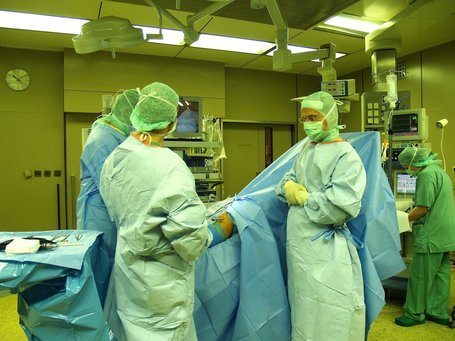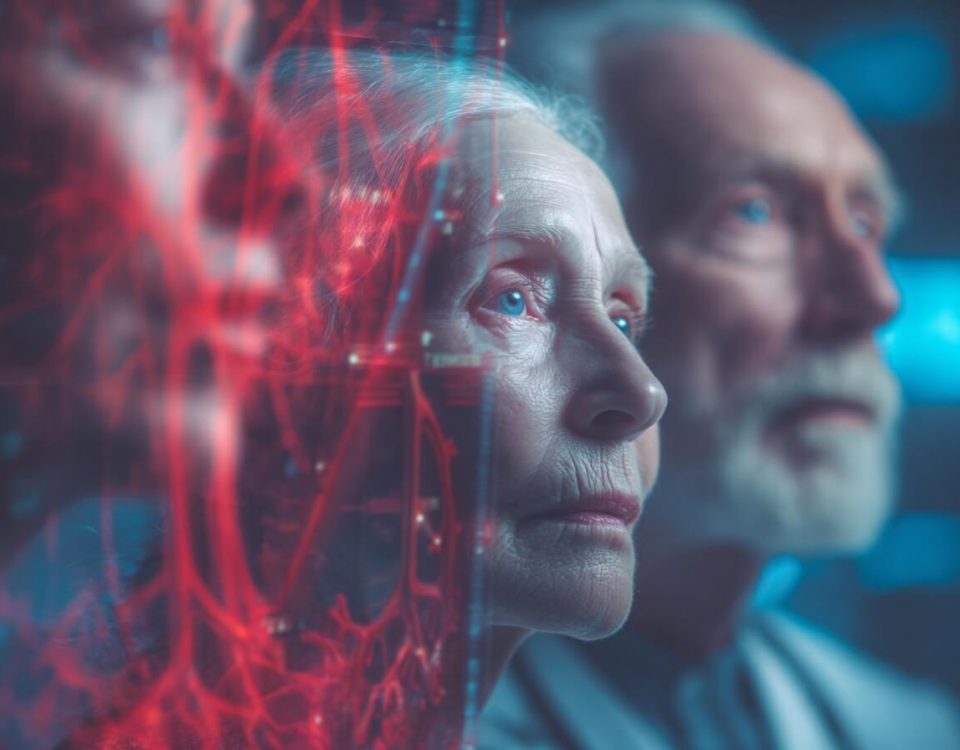Artificial Intelligence speeds up screening for COVID-19 in ERs #esante #hcsmeufr #digitalhealth #Coronavirus #covid-19 #COVID19FR #coronavirusfrance

Data Innovation Program – Vous avez un projet en #AI & #data #santé .. candidatez à la saison 3 du @HCDatainstitude ! #hcsmeufr #esante #digitalhealth #innovation #startups poke @adel_mebarki
13/08/2020
Use of electronic tools for evidence-based preparedness and response to the COVID-19 pandemic in the WHO African region #esante #hcsmeufr #digitalhealth #Coronavirus #covid-19 #COVID19FR #coronavir…
14/08/2020Researchers from the Eindhoven University of Technology and the Catharina Hospital in Eindhoven have developed a new algorithm for rapid screening of COVID-19. The software is intended for use in Emergency Rooms, to quickly exclude the presence of corona in incoming patients. As a result, doctors need to conduct fewer standard coronavirus tests, increasing efficiency. The quick scan for COVID-19 was developed within three months and is already in use by doctors in the Emergency Room (ER) of the Catharina Hospital.
At the peak of the coronary pandemic, ER doctors at the Catharina Hospital approached the researchers asking whether they knew of any tests for COVID-19 that were faster than the standard PCR test. Knowing quickly whether ER patients are corona positive or not is vital: once diagnosed with COVID-19, they have to be isolated immediately, and staff needs to take extra precautions to protect themselves.
“To answer this question, we looked at the information we already had”, explains Arjen-Kars Boer, a clinical chemist at Catharina Hospital and parttime researcher at TU/e. “All patients entering the ER routinely undergo a so-called quick scan, which tests blood for no less than 30 different values. We wondered whether there were subtle changes in the blood samples that are also characteristic of COVID-19. We tried to find an instantly recognizable barcode, so to speak. And, as it turned out, we were able to find one.”
Source: innovationorigins.com



